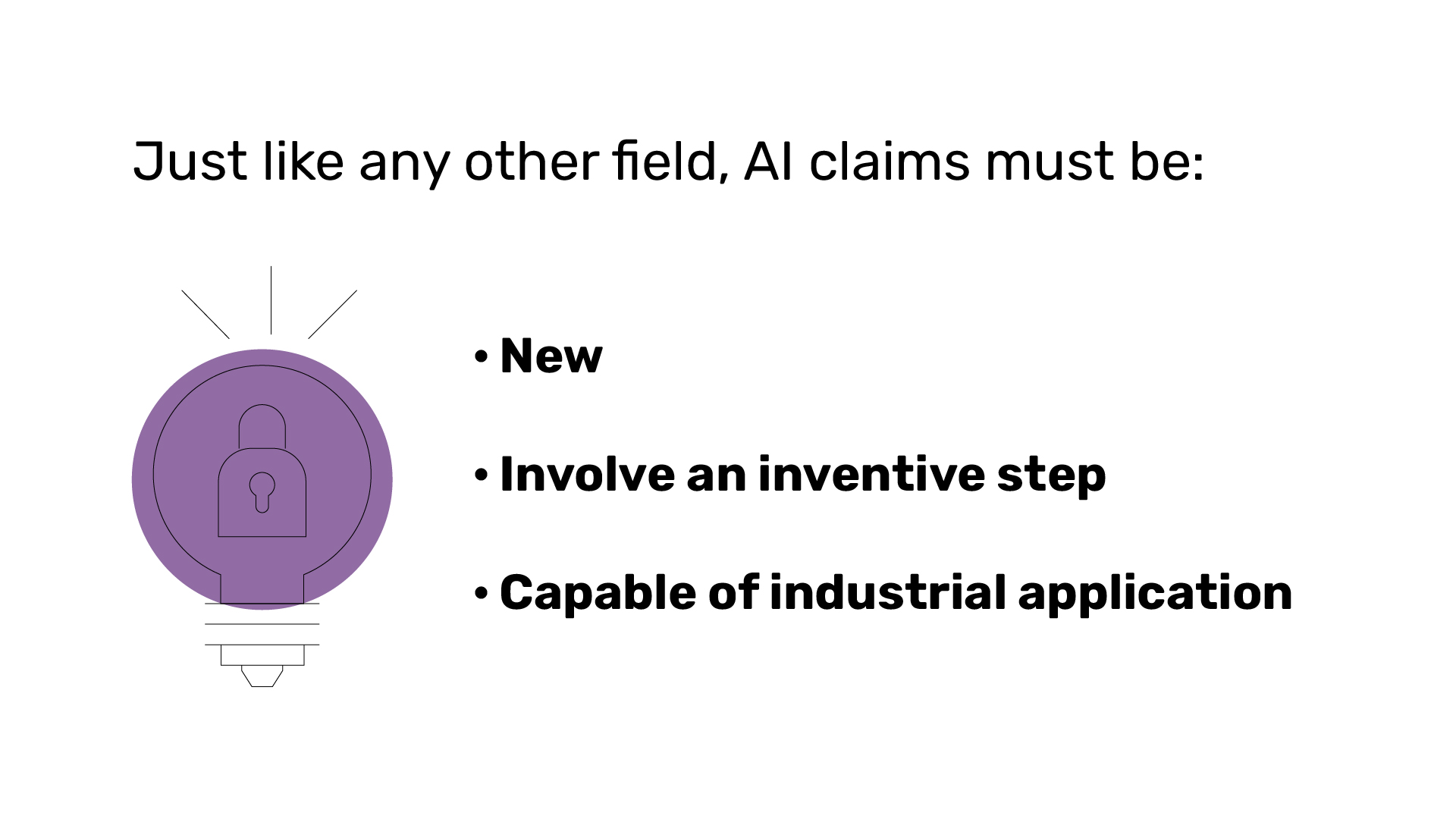
Discover What Makes AI Innovations Patentable [A Supplemental Guidance]

Artificial Intelligence (AI) is transforming industries, from fraud detection to drug discovery, reshaping the way we tackle complex problems. Yet, the path to patenting AI innovations is not always straightforward.
To address this, the Intellectual Property Office of Singapore (IPOS) has introduced a Supplemental Guidance for the Examination of AI-related Patent Applications. This resource complements the IPOS patent examination guidelines, offering clear and detailed insights into what qualifies AI inventions for patent protection and what does not. It elaborates on the examination practice relating to AI, with an emphasis on patentable subject matter using hypothetical examples. Whether you are developing machine learning models or AI-powered tools, this document offers guidance to help you frame your innovations to navigate the patent process effectively.
Here are 3 key takeaways from the guide:
- Three Main Patentability Criteria:

- Three-Step Test for Assessing Patentable Subject Matter:
AI claims can sometimes be seen as abstract ideas. Claims falling solely under non-patentable categories like mathematical methods, business methods, or mere presentation of information are excluded from patentability unless they solve a specific problem.
When evaluating AI claims, the following steps are recommended:
Claim Construction: Understand the meaning of the claim.
Identify the Actual Contribution: Determine its unique value.
Assess the Actual Contribution: Ensure the actual contribution does not fall solely under the non-patentable categories. - AI Claims Examples
Several hypothetical cases are included to demonstrate the application of the guidance. These examples include generative adversarial network (GAN) for fraud detection, neural network optimisation for processors, steel manufacturing prediction and more.
Get the answers you need to navigate AI patent applications—read the full guidance now!